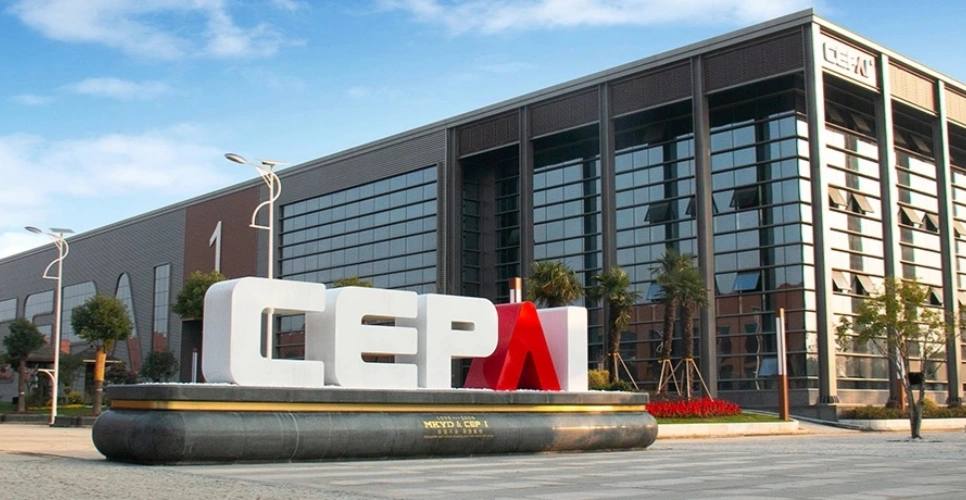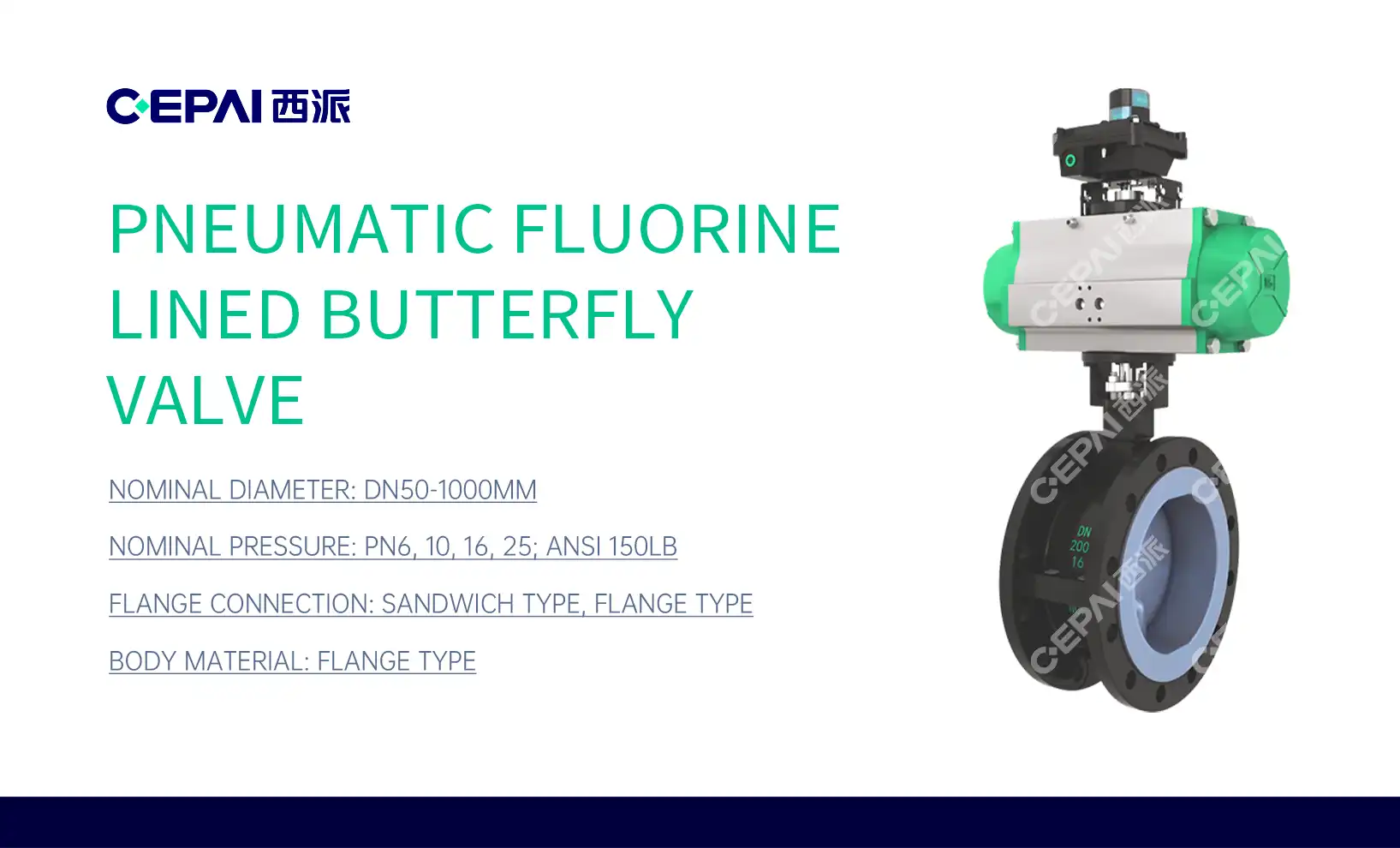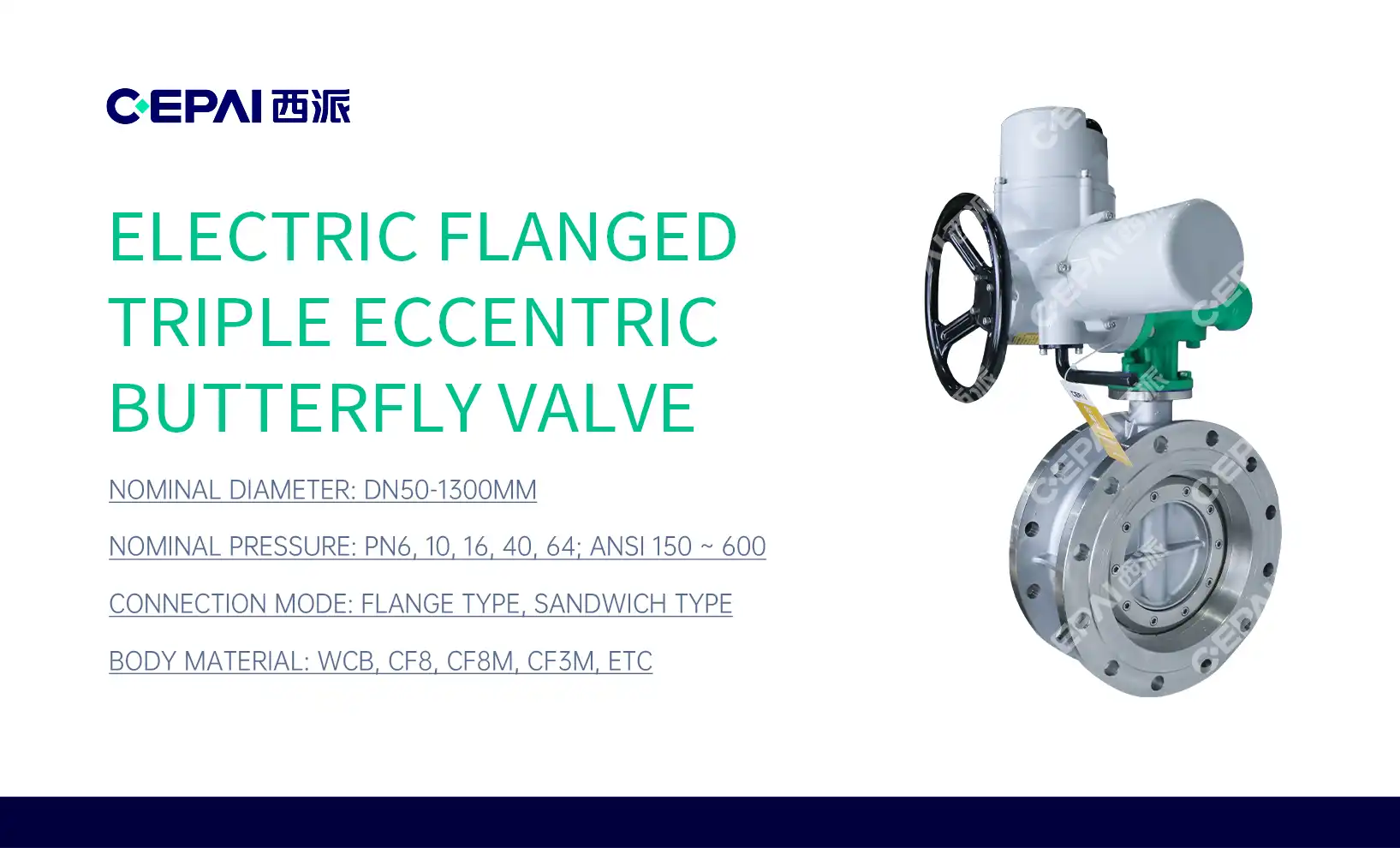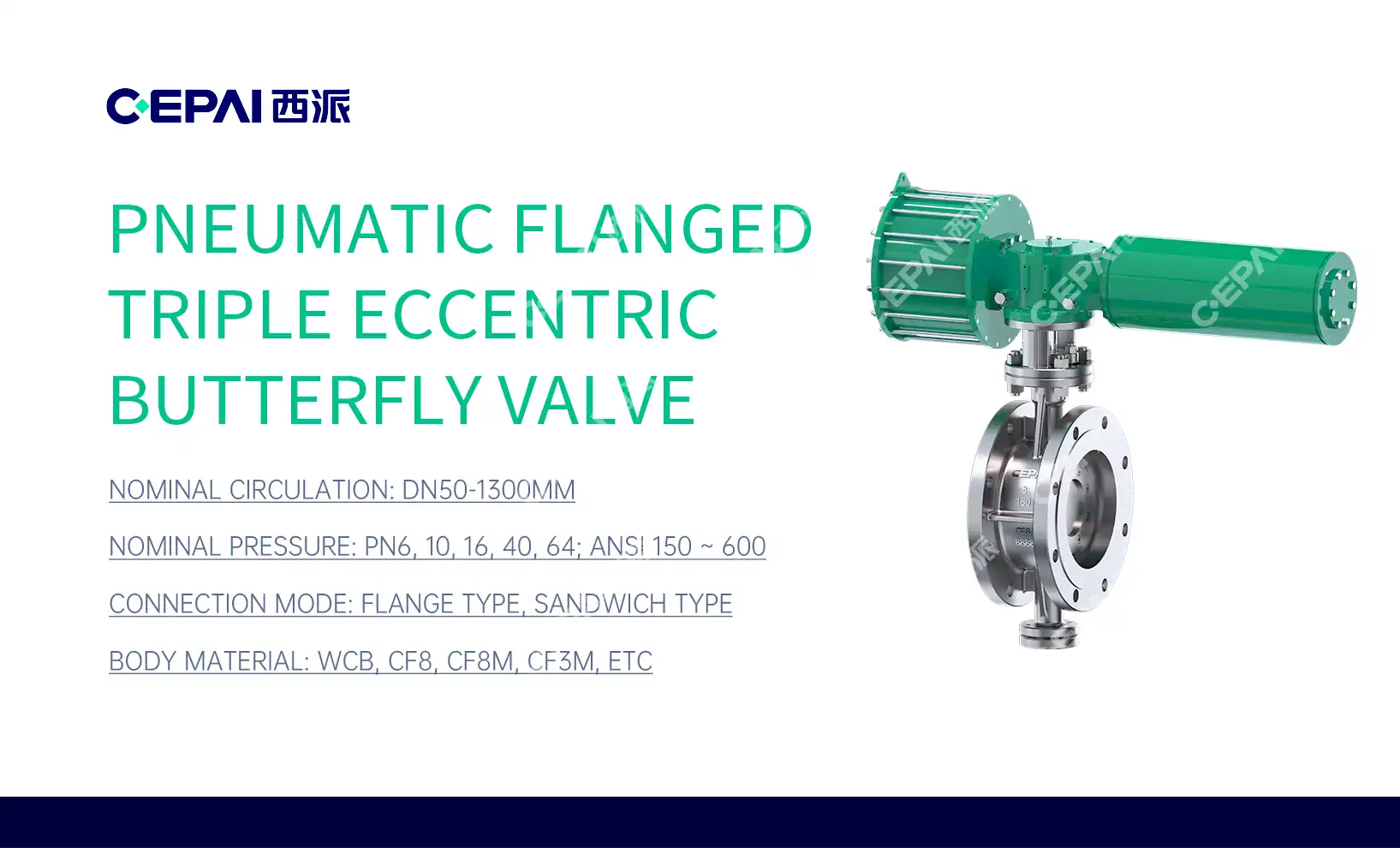Understanding Control Valve Components and Their Maintenance Needs
Anatomy of a Control Valve
Control valves are complex devices consisting of several key components, each requiring specific maintenance attention. The main parts include the valve body, actuator, positioner, and trim elements. The valve body houses the internal components and directs flow. Actuators, whether pneumatic, hydraulic, or electric, provide the motive force to position the valve. Positioners ensure accurate valve positioning based on control signals. Trim elements, such as the plug, seat, and stem, directly control the flow of media through the valve.
Maintenance Requirements for Different Components
Each component of a control valve has unique maintenance needs. The valve body may require periodic inspection for corrosion, erosion, or leaks. Actuators need lubrication and seal checks to maintain proper function. Positioners should be calibrated regularly to ensure accurate valve positioning. Trim elements often experience the most wear and may need replacement or refurbishment to maintain tight shutoff and precise control. Understanding these individual requirements is essential for developing a comprehensive maintenance plan.
Importance of Regular Inspections
Regular inspections form the backbone of effective control valve maintenance. Visual examinations can reveal external signs of wear, damage, or leakage. Operational checks assess valve response and positioning accuracy. Advanced diagnostic techniques, such as valve signature analysis, can provide insights into internal conditions without disassembly. Implementing a structured inspection schedule helps identify potential issues before they escalate into major problems, ensuring consistent valve performance and minimizing unexpected failures.
Implementing Effective Control Valve Maintenance Strategies
Preventive Maintenance Techniques
Preventive maintenance is crucial for extending the life of control valves and avoiding costly breakdowns. This approach involves scheduled activities such as lubrication, cleaning, and minor adjustments. Regular cleaning prevents buildup of debris that can impair valve function. Lubrication of moving parts reduces friction and wear. Checking and adjusting packing glands helps maintain proper sealing. By addressing minor issues proactively, preventive maintenance can significantly reduce the likelihood of major failures and extend the operational life of control valves.
Predictive Maintenance and Condition Monitoring
Predictive maintenance leverages advanced technologies to assess the condition of control valves and predict potential failures. Techniques such as vibration analysis, ultrasonic testing, and thermal imaging can detect early signs of wear or damage. Online monitoring systems provide real-time data on valve performance, enabling operators to identify deviations from normal operating parameters quickly. By utilizing predictive maintenance strategies, facilities can optimize maintenance schedules, reduce unnecessary interventions, and minimize the risk of unexpected failures.
Corrective Maintenance Best Practices
Despite preventive efforts, corrective maintenance is sometimes necessary to address specific issues or failures. When performing corrective maintenance, it's crucial to follow manufacturer guidelines and industry best practices. This may involve replacing worn components, repairing damaged parts, or conducting complete valve overhauls. Proper documentation of maintenance activities, including the nature of the problem, actions taken, and parts replaced, is essential for tracking valve history and informing future maintenance decisions. Emphasizing quality in corrective maintenance ensures that repaired valves return to service in optimal condition.
Overcoming Common Challenges in Control Valve Maintenance
Dealing with Erosion and Corrosion
Erosion and corrosion are persistent challenges in control valve maintenance, particularly in harsh operating environments. These processes can degrade valve components, leading to reduced performance and potential failures. To combat erosion, consider using hardened materials or protective coatings for trim elements. For corrosion prevention, selecting appropriate materials based on the process media and implementing proper surface treatments can extend valve life. Regular inspections and timely intervention when signs of erosion or corrosion are detected are crucial for maintaining valve integrity.
Addressing Leakage Issues
Leakage is a common problem that can significantly impact control valve performance and process efficiency. Internal leakage may occur due to worn or damaged seats and plugs, while external leakage often results from deteriorated packing or gaskets. Addressing leakage requires a systematic approach, including accurate diagnosis of the leak source, proper selection of replacement parts, and careful reassembly. In some cases, upgrading to more advanced sealing technologies or materials can provide a long-term solution to persistent leakage problems.

Optimizing Valve Performance in Challenging Environments
Control valves often operate in demanding conditions, such as extreme temperatures, high pressures, or corrosive media. Maintaining optimal performance in these environments requires specialized strategies. This may include selecting appropriate valve designs and materials suited to specific conditions, implementing advanced coatings or surface treatments, or utilizing specialized lubricants and seals. Additionally, more frequent inspections and maintenance may be necessary for valves in particularly challenging environments. By tailoring maintenance approaches to specific operational conditions, facilities can ensure reliable valve performance even in the most demanding applications.
Conclusion
Effective control valve maintenance is crucial for ensuring optimal performance, reliability, and longevity of these critical components in industrial processes. By implementing comprehensive maintenance strategies that include preventive, predictive, and corrective measures, operators can minimize downtime, reduce costs, and improve overall system efficiency. Regular inspections, timely interventions, and adherence to best practices are key to overcoming common challenges such as erosion, corrosion, and leakage. As technology continues to advance, embracing new maintenance techniques and technologies will be essential for staying ahead in the ever-evolving landscape of industrial valve management.
FAQs
1. How often should control valves be inspected?
The frequency of control valve inspections depends on factors such as the application, operating conditions, and criticality of the valve. Generally, a visual inspection should be performed at least quarterly, with more comprehensive examinations conducted annually or during planned shutdowns.
2. What are the signs that a control valve needs maintenance?
Common signs include unusual noise or vibration, decreased performance, visible leakage, difficulty in achieving desired setpoints, and increased energy consumption. Regular monitoring and analysis of valve performance data can also help identify maintenance needs before visible symptoms appear.
3. Can predictive maintenance completely eliminate the need for corrective maintenance?
While predictive maintenance can significantly reduce unexpected failures and the need for corrective actions, it cannot eliminate them entirely. Some issues may develop rapidly or be undetectable through current predictive techniques, necessitating occasional corrective maintenance.
Expert Control Valve Solutions | CEPAI
CEPAI Group Co., Ltd. specializes in high-end control valve manufacturing, offering innovative solutions for the energy sector. As a leading control valve supplier and manufacturer, we provide cutting-edge products designed to meet the most demanding industrial applications. Our expertise in valve technology, coupled with our commitment to quality and customer satisfaction, positions us as a preferred partner for businesses seeking reliable, high-performance control valve solutions. For more information or to discuss your specific needs, please contact us at cepai@cepai.com.

References
Smith, J. (2022). "Advanced Control Valve Maintenance Techniques for Industrial Applications." Journal of Process Engineering, 45(3), 178-195.
Johnson, R., & Thompson, L. (2021). "Predictive Maintenance Strategies for Control Valves in Chemical Processing." Chemical Engineering Progress, 117(8), 32-41.
Miller, A. (2023). "Erosion and Corrosion Mitigation in High-Pressure Control Valve Systems." Corrosion Science and Technology, 58(4), 412-428.
Zhang, Y., et al. (2022). "Comparative Analysis of Control Valve Maintenance Approaches in Oil and Gas Industries." International Journal of Industrial Engineering, 29(2), 245-260.
Brown, D. (2021). "Optimizing Control Valve Performance through Advanced Diagnostics and Monitoring." Instrumentation & Control Systems, 94(6), 72-85.
Garcia, M., & Lee, K. (2023). "Life Cycle Cost Analysis of Control Valve Maintenance Strategies in Process Industries." Journal of Reliability Engineering & System Safety, 220, 108284.





